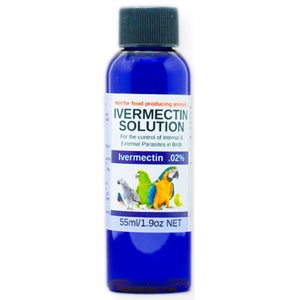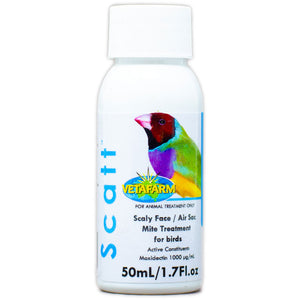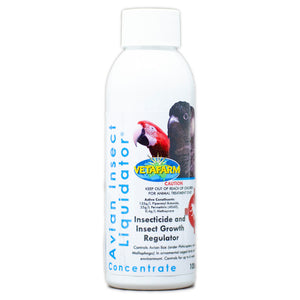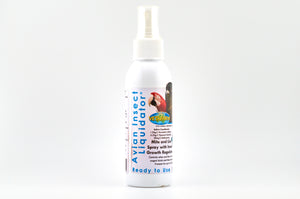Hygeine
Health Articles / Hygiene
What's in a Disinfectant?
You all know what a disinfectant is supposed to do, but did you know that different types of disinfectants kill different bugs? Did you also know that disinfectants can also be adversely affected by the materials they are cleaning?
In this article we will show the differences between five different types of disinfectants and reveal why Enviroclens
The chart shown below outlines the good and bad sides of different disinfectants.
|
Product |
For |
Against |
|
Bleach |
Effective against a wide range of bacteria. |
Effectiveness is affected by concentration. The concentration of bleach is hardly ever printed on bottles and there is no standard concentration when sold through ordinary retail outlets. |
|
Glutaraldehyde / Formaldehyde |
Effective against bacteria.
|
Slow acting, 2-12 hours needed for full effect. |
|
Alcohols |
Effective against bacteria, limited effectiveness against viruses. |
Some types of Alcohol (isopropanol) are ineffective against viruses, others only effect certain types of virus. Unlikely to be effective against fungi and algae. |
|
Hydrogen Peroxide |
Very effective against bacteria and viruses |
Explosive in strong concentrations. MUST NOT be kept in air tight conditions. |
|
Halogenated Tertiary Amines Enviroclens |
Effective against bacteria, viruses, fungi and algae. |
Has a detergent action and so may cause some skin irritation/drying after prolonged use to a very few susceptible people. |
So, from the table above, which disinfectant would you use in your birds' and your own environments?
If you chose the last on the list, Halogenated Tertiary Amines you made the right choice, in fact you made the same choice as the nurses and auxiliaries from Veterinary Practices Ltd.
If you are using Enviroclens from The Birdcare Company, CONGRATULATIONS! You are already using one of the best disinfectants for use in bird rooms and the home environment available today!
Enviroclens is a halogenated tertiary amine based product available in a concentrate form. The concentrate has a shelf life of two years and when diluted, stays active for an amazing six months.
To sum up - Enviroclens is:
- Non-Irritant
- Non-Hazardous
- Non-Corrosive
- Non-Tainting
- Non-Staining
- Biodegradable
and above all...
- Effective.
Information used to write this article supplied by:
Nu-Line Technology
VPI Ltd
Remember to use Saniclens in your birds' drinking water to reduce the risk of infections spreading through your flock.




